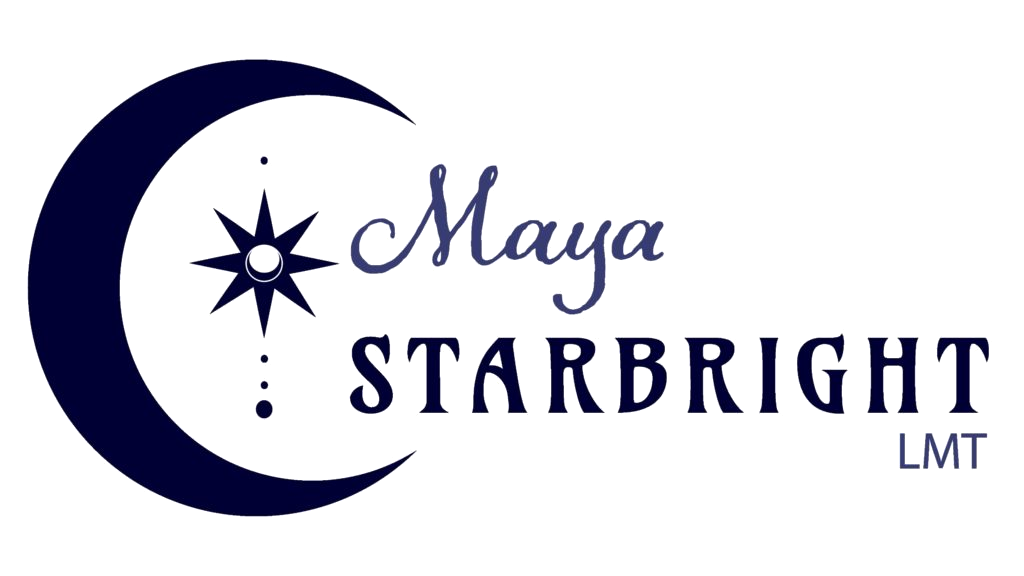Defining Sports Massage
Sports massage is the specific application of massage techniques, hydrotherapy protocols, range of motion/flexibility protocol and strength-training principles utilized to achieve a specific goal when treating an athlete. Notice my use of the phrase, “specific application … to achieve a specific goal.” So, how do I decide what application and goal is appropriate for a particular treatment?
Three Key Principles of Sports Massage
Three specific principles are vital to understanding what type of sports massage to apply to an athlete at any given time. I call these principles the “when, what and why” of sports massage: Timing, Technique and Intent.
Timing refers to when the massage is given: pre-event or post-event; during recovery; during a maintenance period; or when an athlete suffers an injury that requires rehabilitation. Technique refers to what application you utilize, and can include a number of different techniques: effleurage; friction; pettrisage; vibration; shaking; compression; broadening strokes; direct pressure; cross-fiber friction; range of motion; and stretching. Intent refers to your reason(s) for treatment: as warm-up; to increase blood flow; stimulate neurological pathways; aid recovery from exertion; increase flexibility; improve strength; or improve posture.
Let’s look at a few examples of how timing, technique and intent work. For a pre-event massage, and the intent is to warm-up and increase blood flow, I would use techniques such as friction, compression, shaking and stretching. For a post-event massage, and the intent is to aid recovery from exertion, I would use effleurage, pettrisage, compression, broadening strokes and range of motion. If I am working with an injured athlete, and my intent is to assist proper formation of scar tissue, I would use effleurage, compression and cross-fiber friction, followed by ice treatment and movement.

0 Comments